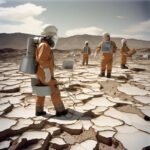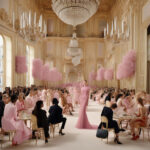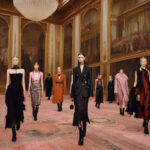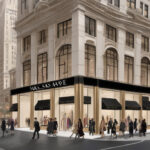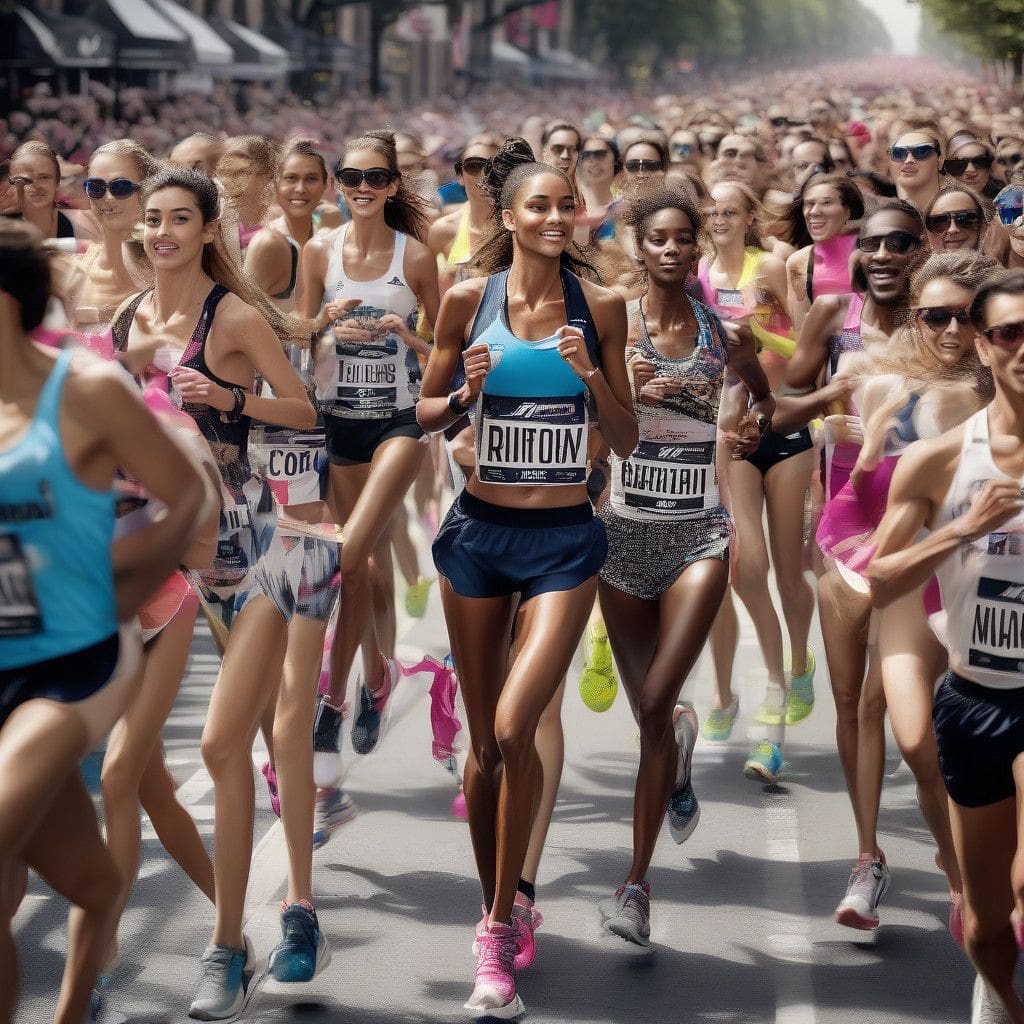The New York City Marathon has transformed, intertwining fashion with an athletic lifestyle on an unprecedented scale. This shift highlights a significant evolution where marathons have become platforms for brands to showcase their latest products and connect with consumers in fresh ways.
A recent example is Abe Chavez, the fashion manager at the luxury boutique ESSX, who not only caters to big names in sports but has recently taken on the role of leading a run club through Manhattan. This unique blend of style and sweat exemplifies the new relationship between fashion brands and the running community. As we approach the upcoming marathon, brands are increasingly engaged in creating activations that blend running events with cultural experiences.
During this marathon season, Hoka, a leading running sneaker brand, undertook a three-day takeover at ESSX. They organized various events, including run clubs and cultural tours, to attract both serious athletes and casual participants, reinforcing the idea that marathons are as much about community and culture as they are about competition. The accessibility to top-tier products and experiences during leading marathons is reshaping consumer behavior, with many participating for the social aspect rather than purely competitive performance.
This year’s marathon features a remarkable variety of brand activities—from pop-ups to collaborative gear releases, rivaling the spectacle typically seen during fashion weeks. For instance, the New York-based brand Bandit launched a 17-piece collection in partnership with Asics, illustrating how fashion-forward approach is becoming integral to running culture. Minted New York is also tapping into the trend, announcing a limited edition sneaker collaboration with Saucony, further blurring the lines between performance and lifestyle apparel.
Moreover, this year marks the first official beauty sponsorship for the New York City Marathon. The involvement of Maybelline not only showcases its presence with a dedicated cheer zone and official makeup teams but also signifies the rise of beauty culture intertwined with sports. Celebrities from various fields are participating in brand-driven cheer zones, offering consumers an experience that is not limited to running alone.
In today’s fashion landscape, it is crucial for brands to engage authentically with their communities or risk backlash. As Tayler Wilson, a brand consultant and seasoned marathon runner, notes, “These events are full of people and influencers wearing expensive gear, many of whom have no intention of running the race at all but are drawn in by the products.” This shift is foundational; brands must create connections that feel genuine to avoid being perceived merely as opportunists in the trend.
This intersection of running and lifestyle indicates a change in consumer aspirations. For many, it’s not solely about performance but also an opportunity to express their identity through the products they choose to showcase at events. As noted by Yazmin Johnson, a stylist and runner, NYC Marathon participants are seen flaunting high-value products that serve as status symbols within their social circles. “It may as well be Paris Fashion Week,” Johnson claims, emphasizing the shift in how people perceive and participate in such events.
Continuing this momentum, On, another pioneering running brand, has lined up multiple events around the marathon weekend to introduce their new technology to consumers. Their approach aligns with the current market demand as running-inspired fashion thrives, boosting sales not just for new entrants like Hoka and On but also revitalizing established players like New Balance and Adidas.
The ongoing partnership between Hoka and local retailers like ESSX illustrates a significant strategy to address changing consumer behavior by embedding deeper into community-focused events. Through collaborations with boutique stores, brands effectively find direct access to fashion-conscious consumers who blend running gear with lifestyle apparel.
In summary, as the New York City Marathon progresses, it provides an excellent case study on how sports, lifestyle, and fashion coalesce to create a vibrant community. This blend opens new marketing avenues for brands willing to think creatively about their engagement strategies. Not only does this approach help brands stand out, but it also shapes consumer experiences in ways that enhance brand loyalty and community connection.
These trends underline a forward-thinking momentum where fashion and fitness aren’t merely coexistence; they are interlinked elements of a dynamic lifestyle that appeals to a broader audience.




